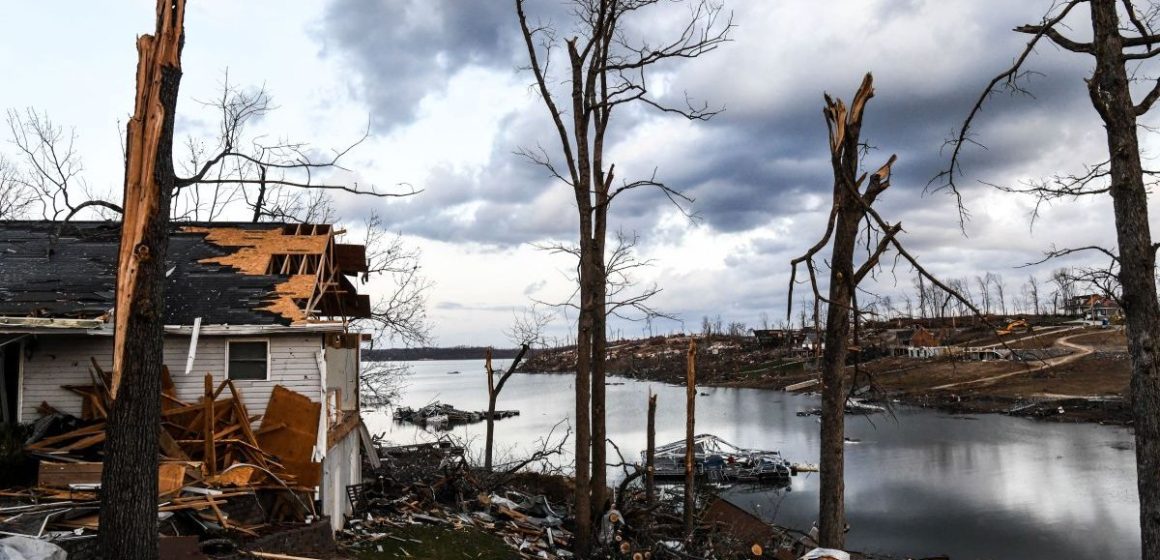For people and companies in areas of Kentucky hit by severe storms, straight-line winds, tornadoes, landslides, and mudslides that started on April 2, 2024, the Internal Revenue Service announced today tax relief.
The deadline for these taxpayers to submit their various federal individual and corporate tax forms and make payments is now November 1, 2024.
Relief is being extended by the IRS to any location that the Federal Emergency Management Agency (FEMA) has recognized. At the moment, tax relief is available to individuals and households in Boyd, Carter, Fayette, Greenup, Henry, Jefferson, Jessamine, Mason, Oldham, Union, and Whitley counties who live there or operate a company there.
Any additional counties that are eventually added to the disaster region will receive the same assistance.
On the IRS.gov page for tax assistance in disaster circumstances, you may always find the most recent list of qualifying areas.
More tax breaks
When uninsured or underreimbursed disaster-related losses occur in a federally declared disaster area, individuals and businesses may elect to report them on the return for the year the loss occurred (2024 in this case, which is typically filed the following year) or the prior year (2023).
In addition to any extension of time to file, taxpayers have a further six months to make the election following the deadline for filing their federal income tax return for the catastrophe year. This refers to October 15, 2025, for individual taxpayers.
On any return that claims a loss, don’t forget to include the FEMA declaration number, 4782-DR −. For specifics, see Publication 547, Deaths, Natural Disasters, and Thefts.
Payments for qualified disaster relief are often not included in gross income. This generally means that the affected taxpayers can deduct from their gross income any amounts received from a government agency for living, family, funeral, and reasonable and necessary personal expenses.
It also allows them to deduct amounts for home rehabilitation or repair, as well as amounts for replacing or repairing their home’s contents.
Read Also: Wawa is Planning to Open First Stores in Kentucky
Affected taxpayers who make use of individual retirement accounts (IRAs) or retirement plans may be eligible for additional relief.
For instance, a taxpayer might be qualified for a special disaster distribution, which enables them to stretch their income over three years and spares them from the additional 10% early distribution tax.
Additionally, taxpayers can be qualified to request a hardship withdrawal. Participants in each plan or IRA are required to abide by particular guidelines and regulations.
In the future, the IRS might offer more assistance for natural disasters.
Based on FEMA’s local damage assessments, the tax relief is a part of a coordinated government response to the storm damage. You can visit DisasterAssistance.gov to learn more about catastrophe recovery.



Leave a Reply